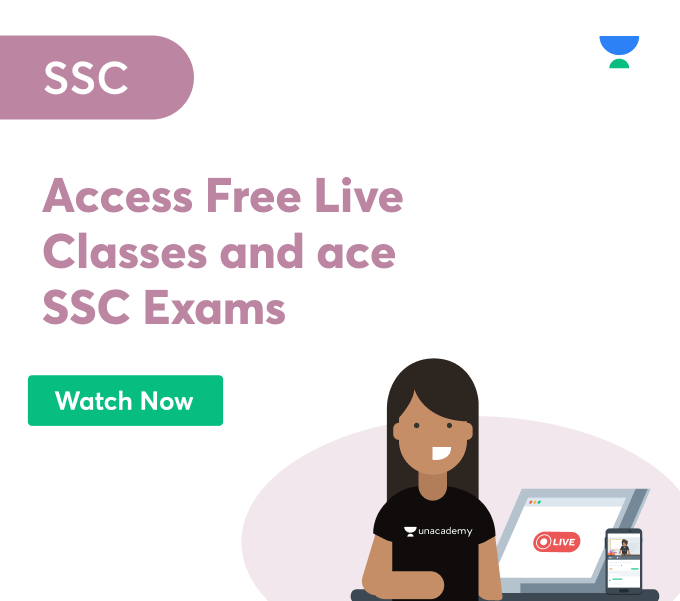The Ministry of Social Justice and Empowerment of the Government of India launched the DDRC (District Disability Rehabilitation Centre) to provide comprehensive services to people with disabilities in rural regions. For offerings like identifying people with disabilities, raising awareness, early diagnosis and interference, providing/fitting, monitoring, and fixing adaptive equipment, medicinal support like physiotherapy, speech, and language therapy, etc., facilitating disability certs and bus passes. Other compromises for individuals with disabilities, these components have a gang of recovery professions.
Key takeaways
- Badaun, Bareilly, Pilibhit, Balaghat, Pilibhit, Ahmedabad, Golaghat, Kullu, Amravati, and Rampur all have improved model DDRCs.
- The Minister of Empowerment and Social Justice served as their first president.
- Facilities, including gait practice parallel bars, telemedicine/teletherapy facilities, speech therapy rooms, visual therapy rooms, psychiatrist rooms, and physiotherapy rooms, are offered in these model DDRCs.
- Additionally, they will help disabled people register on the Unique Disability ID website.
- The model DDRCs aims to offer people with impairments efficient treatment programs.
- They received an upgrade from the Ministry of Justice and Empowerment’s Department of Empowerment of People with Disabilities.
About the Handicap Rehabilitation Facilities
According to the Ministry of Social Justice and Empowerment, nine district disability treatment centres around the nation have been renovated to include psychologists, speech therapy, and visual treatment on their list of amenities for individuals with impairments.
Nine model DDRCs in numerous districts were updated in the first phase. According to a release, Virendra Kumar, secretary of social justice and development, virtually launched these nine DDRCs on Sunday.
The country’s several DDRCs aim to offer people with disabilities efficient treatment programs (PwDs). Facilities including an assistive listening testing lab, an intensive therapy room, a vision therapy room, a psychotherapist room, a physiotherapy room, a gait practice parallels bar, and similar telehealth facilities will be provided in the model DDRCs.
Additionally, PwDs will now receive assistance from these local disability rehab facilities to register for the Unique Handicap ID site.
The DDRC
A project of the Union Ministry of Social Justice and Empowerment, the DDRC (District Disability Rehabilitation Centre) intends to offer a comprehensive range of services to PwDs (Persons with Disabilities) in rural areas of India. Again, for the past 20 years, companies have been conducting business throughout India. In these institutes, physical therapists offer services including detecting PwDs, raising awareness, early diagnosis and treatment, delivering, fixing, and fitting adaptive equipment, and enabling disability certifications, bus tickets, and other PwD-specific discounts. Under the 2016 Scheme for Application of Rights of People with Disabilities Act, several centres were established and supported (SIPDA).
2016 Rights of People with Disabilities Act
The Indian Parliament approved the Rights of People with Disabilities Act, 2016, to meet its commitments under the Un Universal Declaration of Human Rights of Individuals with Disabilities, which India signed in 2007. The 1995 Individuals with Disabilities (Medium Access, Protection of Rights, and Participate Fully) Act was repealed in favour of this law.
DDRC Model in Rehabilitation Centres
The services offered by the DDRCs (District Disability Rehabilitation Centres) presently running across the nation are expected to be upgraded. The DDRCs implemented 20 years ago have successfully submitted efficient treatment programs for people with impairments.
The Directorate of Development of People with Disabilities, part of the Union Social Justice Ministry and Development, is working on a plan to improve the centres’ services.
Today, a reputable NGO and District Senior Executives in each region, led by the District Judge or Collector, collaborate to oversee the DDRCs. Typically, the Indian Red Cross Society is involved.
Phase I for Disability Rehabilitation
The idea of a Model DDRC would be implemented due to the upscaling of services. In the first phase, up to nine DDRCs were raised to the Prototype DDRC level, according to sources in the Human Justice ministry. In Pilibhit, Badaun, Balaghat, Golaghat, Bareilly, Ahmedabad, Amravati, Kullu, Bareilly, and Rampur, among others, they may be found.
In a recent meeting with all model DDRCs, Dr. Virendra Kumar, the Federal Minister of Justice and Empowerment, also emphasised the appropriate adjustments to the DDRC scheme rule to make it more streamlined and flexible.
The recommendations mention adding 15 new posts to the current 12 and the location of new DDRCs close to health centres or district early detection centres. Additionally, he claimed that the funding release procedure had been streamlined and that advisors could be recruited on an as-needed basis.
More assistance with DDRC
The Model DDRC’s offerings will include amenities such as a telemedicine/teletherapy office, a parallel bar for practising walking, speech and language therapy, visual treatment, a psychologist room, and space for physical therapy. Additionally, such DDRCs will help disabled individuals register for the UDID site.
 Profile
Profile Settings
Settings Refer your friends
Refer your friends Sign out
Sign out






